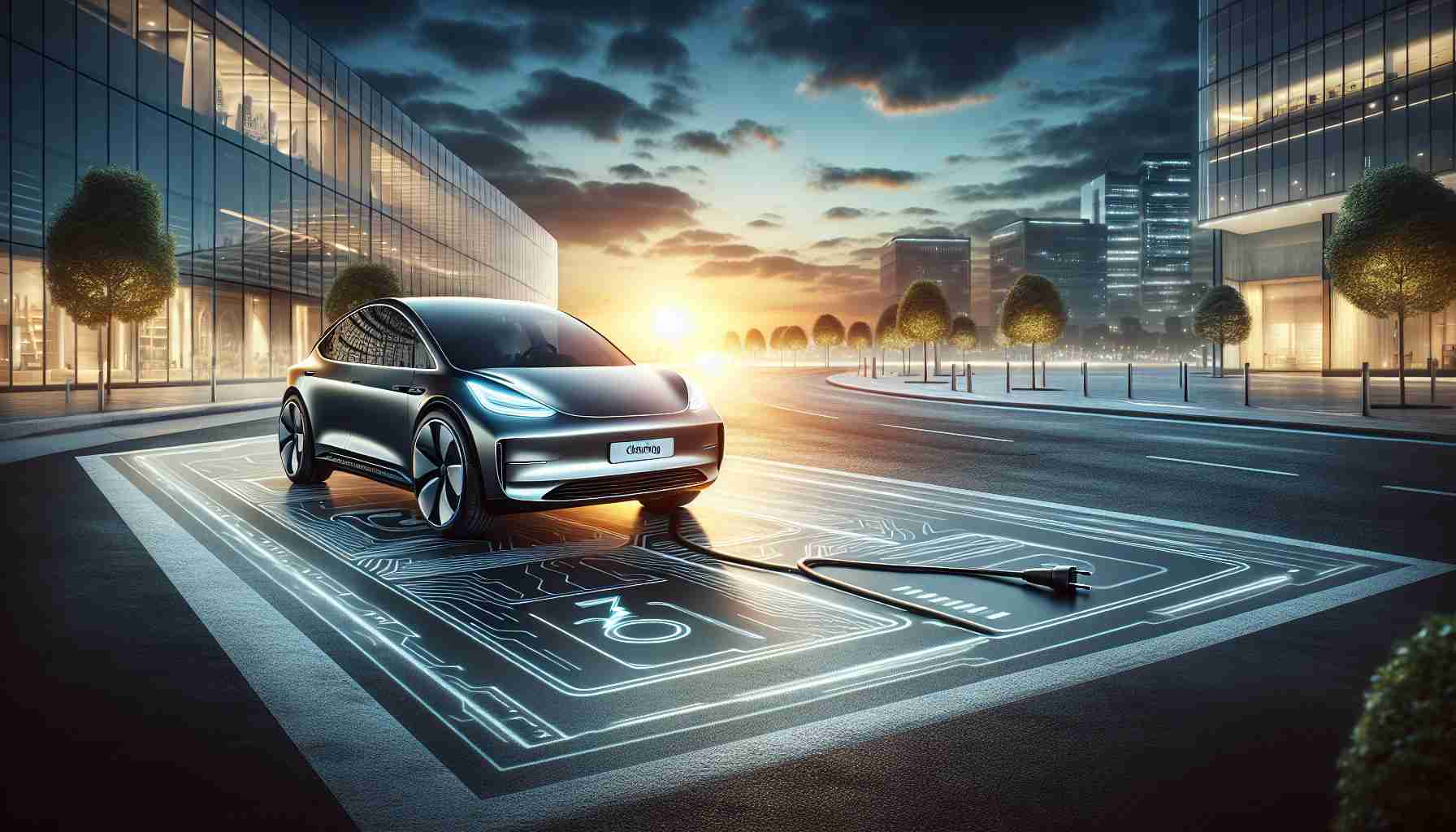As the demand for sustainable transportation surges, the electric car industry is on the brink of a groundbreaking transformation. Recent developments have spotlighted an ambitious new technology: self-charging roads. This innovative concept proposes the installation of specialized charging coils embedded within the asphalt, allowing compatible electric vehicles (EVs) to charge wirelessly while in motion.
Recent trials in Sweden have showcased the feasibility of this futuristic tech, with a two-kilometer stretch of road already outfitted to support dynamic charging. The technology operates on a principle similar to wireless phone chargers, using magnetic fields generated by the coils to transmit energy to a receiver mounted on the vehicle.
Proponents of self-charging roads argue that this could drastically reduce the reliance on stationary charging stations, addressing one of the primary logistical bottlenecks faced by the EV industry today. Moreover, it promises to extend the range of electric vehicles, making long-distance travel more practical and reducing concerns about battery depletion.
While there are challenges to overcome, including the high costs of infrastructure modifications and ensuring uniformity across vehicle models, the potential benefits could revolutionize how we perceive and use electric vehicles. If successful, this technology could pave the way—literally—for a network of interconnected, sustainable transport systems that recharge on the go, driving us closer to a zero-emission future.
Revolutionary Self-Charging Roads: The Future of Wireless EV Charging
As the electric vehicle (EV) industry accelerates towards sustainability, an innovative breakthrough looms on the horizon: self-charging roads. Imagine a future where your electric car charges wirelessly as you drive—this concept, now under trial, promises to redefine green transportation.
Recent trials in Sweden have turned this vision into reality, laying down a two-kilometer stretch of self-charging road. Operating much like a wireless phone charger, the road uses embedded charging coils to generate magnetic fields, transferring energy to a receiver in the vehicle. This technology represents a quantum leap in eliminating the inconvenience and downtime of stationary charging stations.
Pros and Cons of Self-Charging Roads
Pros:
– Increased Range: By recharging vehicles as they move, self-charging roads can significantly extend the driving range of EVs, alleviating range anxiety.
– Reduced Infrastructure Needs: As reliance on stationary charging stations decreases, urban areas could minimize real estate devoted to charging infrastructure.
– Sustainable Transportation: This system supports a vision of a zero-emission future by facilitating continuous charge for electric vehicles, crucial in reducing overall emissions.
Cons:
– High Implementation Costs: The financial investment required for infrastructure modification is substantial, posing challenges in large-scale adoption.
– Standardization Issues: Ensuring compatibility across diverse vehicle models may demand uniform standards, potentially limiting flexibility and increasing development time.
Innovations and Insights
The innovation behind self-charging roads lies in its potential to integrate seamlessly into existing transportation infrastructures. As cities explore smart city concepts, combining this technology with formats like autonomous vehicles and connected infrastructure could create a comprehensive transit network.
Market Analysis and Predictions
Market analysts anticipate that the successful adoption of self-charging roads could spur significant growth in the EV sector. By 2030, this technology might become integral to modern smart cities, forecasting a dramatic shift towards a sustainable transport future. The prevalence of self-charging roads could also stimulate new manufacturing opportunities within the automotive sector, requiring new vehicle components and systems.
How Self-Charging Roads Work
1. Installation of Charging Coils: Specialized coils are embedded within the road surface.
2. Energy Transmission: The coils create magnetic fields as vehicles pass over them.
3. Energy Reception: Receivers in EVs capture energy, converting it into electricity to recharge the battery.
4. Continuous Charge: This setup ensures that vehicles receive a continual charge while moving, minimizing downtime.
Security and Sustainability Aspects
Besides promising sustainability, self-charging roads pose certain security considerations. Communication between the road and vehicle systems must be robust to prevent disruptions or unauthorized access. Meanwhile, standardizing technology remains crucial to ensure safety and efficiency.
As the EV industry stands on the brink of transformative change, the role of self-charging roads could be pivotal in paving the way to a sustainable, wireless charging future. Industry stakeholders and consumers alike are keenly observing these developments, eager to see if these ambitious innovations will indeed redefine the electric transport landscape.













